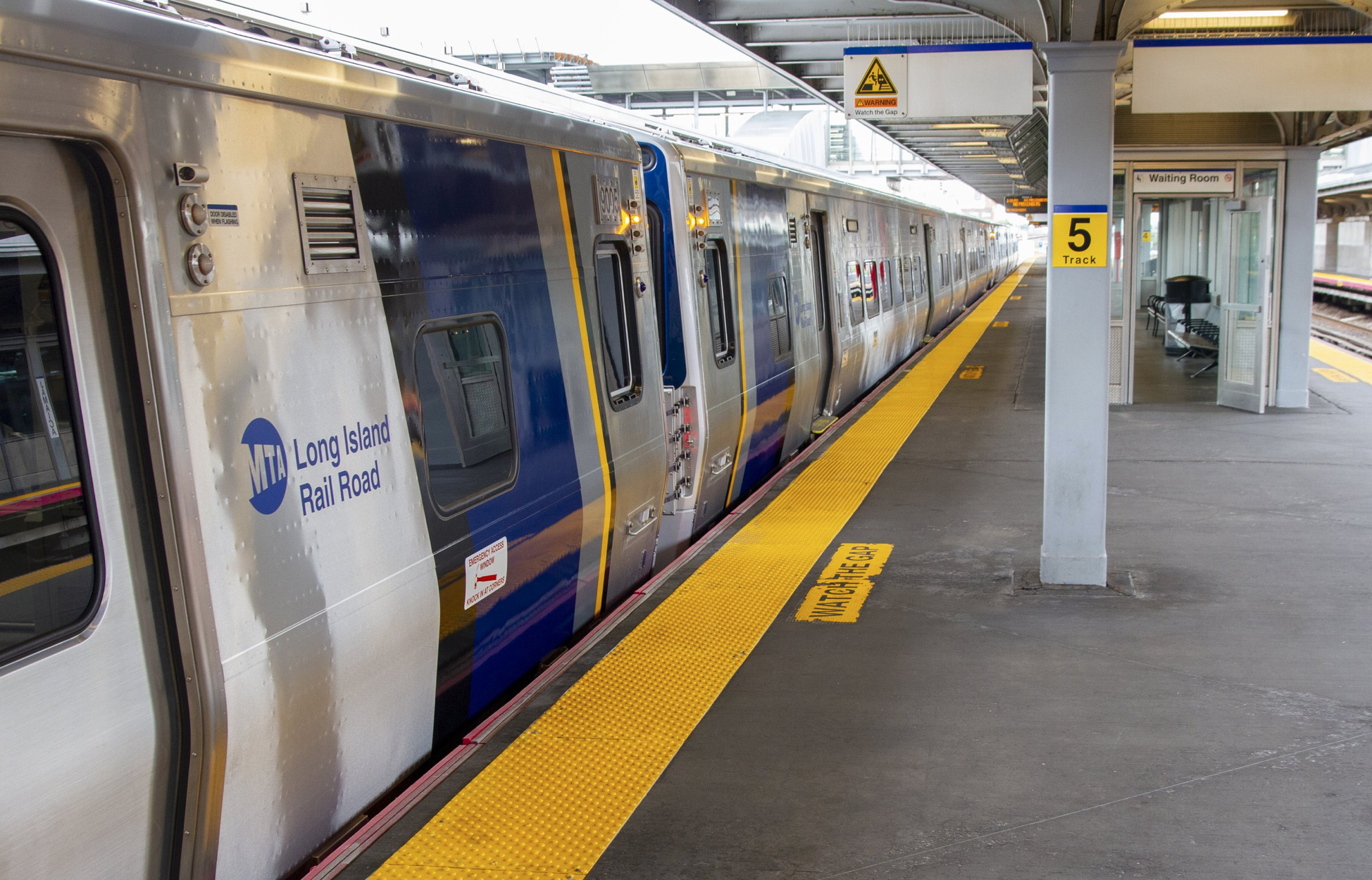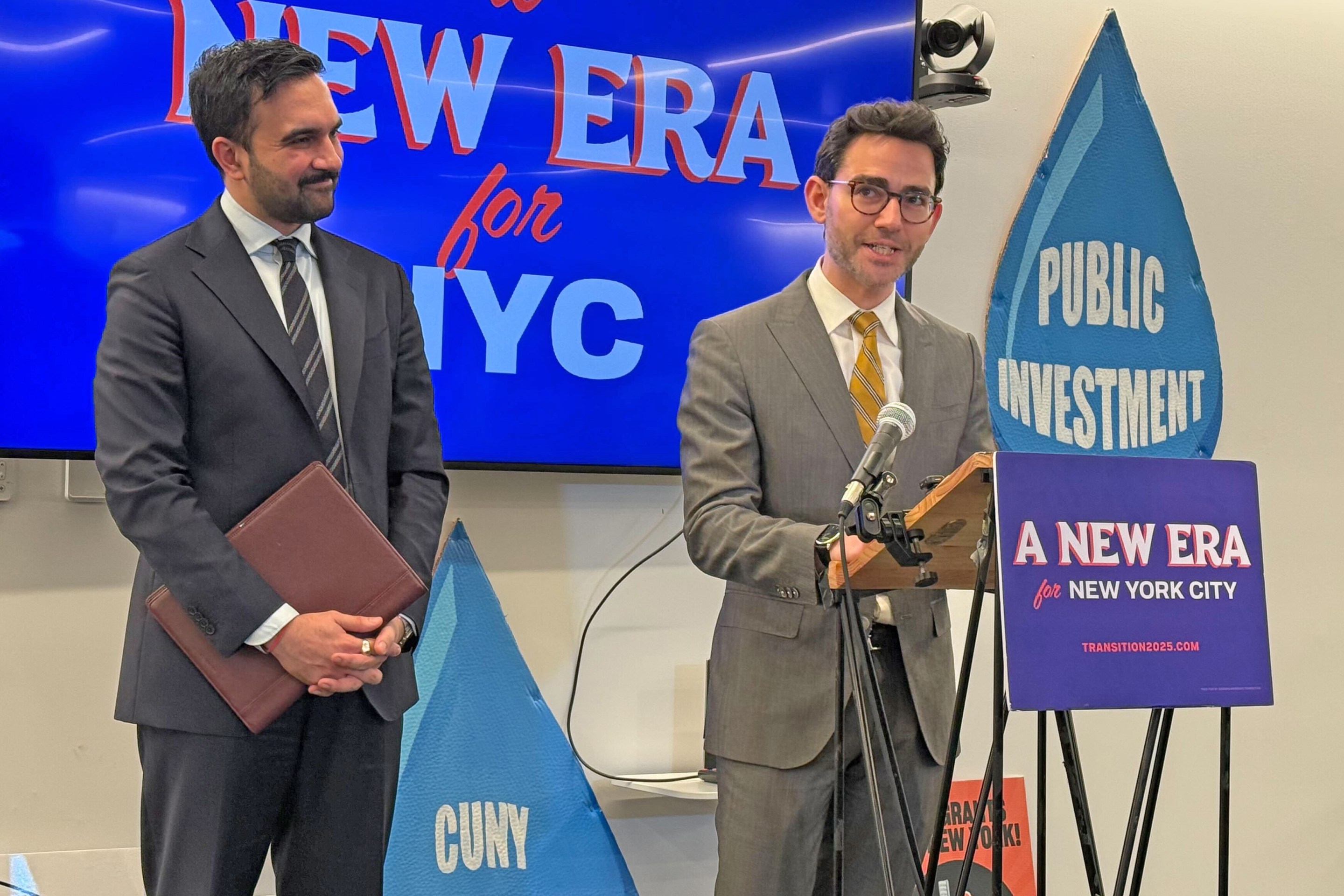The MTA’s announcement last week that it will reduce fares by 10 percent for trips within New York City on Metro-North and the Long Island Rail Road (20 percent for LIRR monthly-pass holders) is a small step toward addressing inequities and integrating the suburban trains into the city transit system. But this tiny move (initiated as a "pilot") really only will help middle-class New Yorkers who already commute on those lines — and not the many low-income residents in the Bronx and Queens who may live far from subways and buses and could benefit by using those trains.

As some transit analysts, such as Alon Levy, have pointed out, the MTA's suburban railroads and New York City Transit operate as two separate and unequal systems — buttressing, in effect, an economic Apartheid even as the LIRR, for one, sucks up huge resources with the most expensive transportation project on the planet, East Side Access. The suburban trains desperately need to be further integrated into the regional transit system; there is no shortage of ideas for doing so as a functional matter, but our leaders should embrace the notion as a way to advance basic fairness.
Many lower-income New Yorkers would take the commuter trains as the fastest, most comfortable option to central destinations such as Midtown or Brooklyn — but even with the discount, the fares are prohibitively expensive. To truly move toward fare equity, the MTA should immediately institute intra-city fares that match the $2.75 of the subways and buses — a proposal, as it happens, already being pushed by Comptroller Scott Stringer, a 2021 mayoral candidate.
It would boggle the minds of most middle-class New Yorkers, but the $2.75 fare is a heavy lift for many low-income people. For years, my mother, sister, and I shared an unlimited 30-day MetroCard among us; it limited our mobility, of course, but it was the only way we could afford to use the transit system. That is why a 10-percent discount on railroad fares won’t help us.
I live in southeast Queens, and a one-way, off-peak fare to Manhattan on the LIRR is $7.75 and would still be $7 under the new MTA program. (A peak-hour, one-way fare is $10.75.) No way is my family spending the $29 — the discounted fare for three — to get home during peak hours on a weekday evening. Even with discounts like CityTicket (a $4.50 intra-city ticket valid on Saturdays and Sundays) and Atlantic Ticket (a pilot testing a $5, one-way fare between select stations in Southeast Queens and Brooklyn, including Atlantic Terminal), the LIRR still costs more than transit — and those fares don’t include bus or subway transfers.
So even with the new program, we remain priced out of a 30-to-40-minute, quieter, more comfortable ride to/from Manhattan or Downtown Brooklyn, which take between 60 and 90 minutes to get to by the MTA's other division, NYC Transit. The commuter trains are the fastest way to get across the boroughs, even to the western Bronx (with transfers, obviously) — trips that are interminable by subway and not really feasible by bus.
The only times in memory that I took the LIRR were after subway derailments and during a critical subway-switch reconstruction in Jamaica last January, when for a short time the railroad honored MetroCards.
How do low-income families get around the city? I try to bike and walk as much as possible, but the drawbacks are many — including dangerous streets without protected biking infrastructure or safe paths and crossings for people on foot and inadequate and insecure bike parking. But I need to use transit in order to enjoy something as basic as a family outing with my mom and sister.
A day out with my family costs $16.50 just for the regular transit fare — an expense that we must balance with food and groceries, school and business supplies, and cheap cell-phone service, while forgoing other things that most New Yorkers never think twice about, like good clothing and Internet at home. That's why I fought for Fair Fares, so families like mine can spend $1.35 a ride per-person and actually go somewhere together — $8.25 for a round trip for three is manageable for us.
It wouldn't be all that hard for the MTA to start charging $2.75 or Fair Fares for intracity trips on the LIRR and Metro-North tomorrow; that would go a long way toward creating a more equitable transit system for low-income, outer-borough residents like me.
“TransitNinja” blogger Samuel Santaella lives in southeast Queens and volunteers for Riders Alliance and Transportation Alternatives. Follow him on Twitter at @transitninja205.






